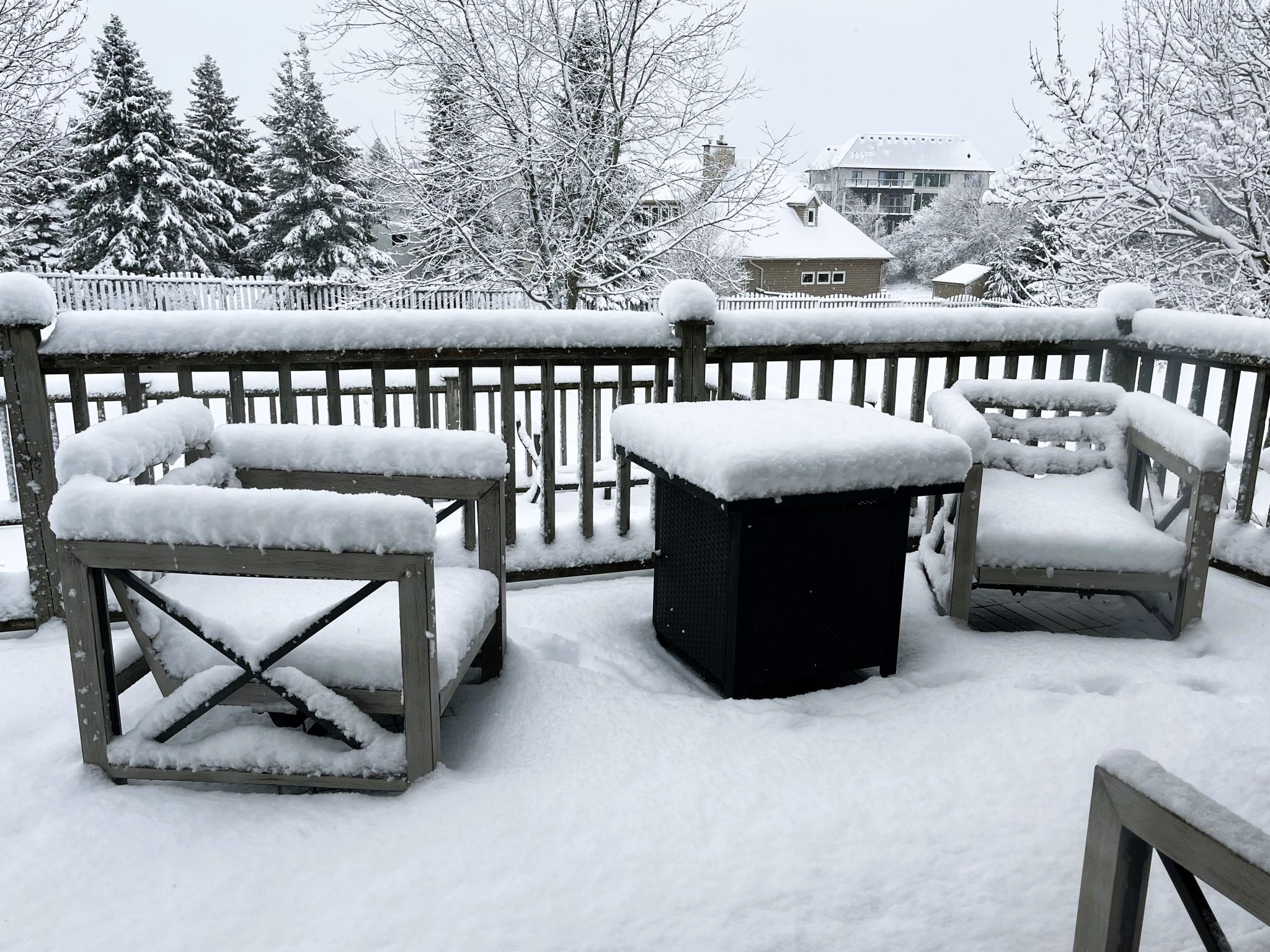How to Prepare Your PVC Deck for Canadian Winters
Understanding PVC Decks in Cold Climates
PVC decks are a popular choice for homeowners due to their durability and low maintenance. However, preparing your PVC deck for Canadian winters is essential to ensure it withstands the harsh conditions. The extreme cold, snow, and ice can take a toll on any outdoor structure, so taking preventive measures is crucial.
Unlike wood, PVC doesn't absorb moisture, which is a significant advantage in winter. Moisture absorption can lead to warping or cracking when temperatures drop. But that doesn't mean your PVC deck is entirely immune to the effects of the cold. Proper preparation will help maintain its appearance and functionality.

Cleaning Your Deck
Before the first snowfall, it's essential to give your deck a thorough cleaning. Remove all debris, dirt, and leaves that might have accumulated over the fall. These can retain moisture and promote mold or mildew growth.
Use a mild detergent and water to clean the surface. Avoid harsh chemicals or power washing, as they can damage the deck's surface. A soft-bristle brush can help remove stubborn dirt without scratching the PVC.
Inspecting for Damage
Once clean, inspect your deck for any signs of damage. Look for cracks, chips, or signs of wear that might have developed during the warmer months. Addressing these issues before winter sets in can prevent further damage.
If you find any damage, repair it promptly using a PVC repair kit. These kits are readily available at most hardware stores and can help you fill in cracks or chips, ensuring your deck remains intact through the winter.

Applying a Protective Coating
Consider applying a protective coating specifically designed for PVC decks. This coating can help shield your deck from the harsh winter elements, including UV rays, which can cause fading over time. While PVC is resistant to many environmental factors, an extra layer of protection can prolong its lifespan.
Follow the manufacturer's instructions for application and ensure the deck is completely dry before applying any product. This step will ensure that the coating adheres properly and provides maximum protection.
Preventing Snow and Ice Build-Up
One of the biggest challenges during winter is managing snow and ice accumulation on your deck. Regularly clearing snow using a plastic shovel will help prevent unnecessary weight and potential damage. Avoid metal shovels that can scratch or gouge the surface.
For ice, use a pet-safe or deck-safe de-icer. Traditional rock salt is too harsh and can damage the deck's surface. These specialized de-icers are effective at melting ice without harming your PVC deck.

Storing Outdoor Furniture
Finally, make sure to store or cover any outdoor furniture. While PVC decks are resilient, heavy furniture can leave marks or cause indentations if left in one place throughout winter. Use breathable covers to prevent moisture build-up and potential mold growth underneath.
If storage space is limited, consider rearranging furniture periodically to distribute weight evenly across the deck surface.
By following these steps, you can ensure your PVC deck remains in excellent condition throughout the Canadian winter, ready for use as soon as the warm weather returns.